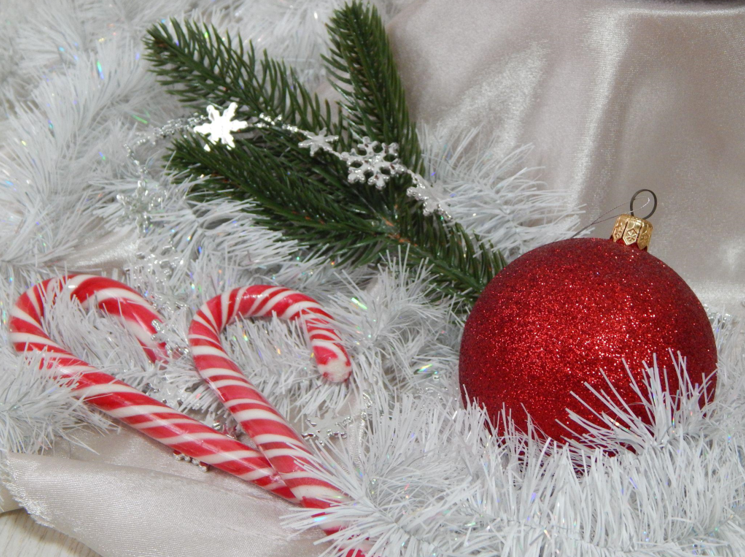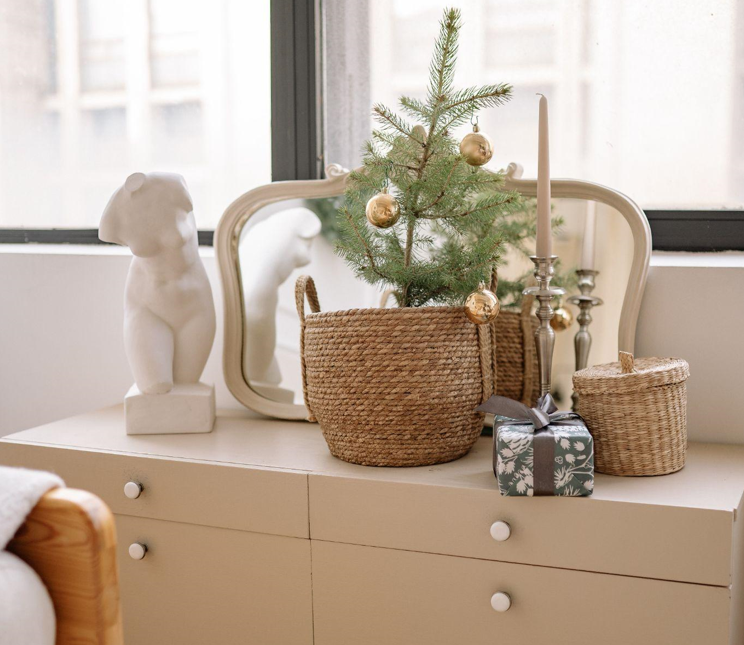As the holiday season approaches, the air is filled with the sweet melody of Christmas carols. These timeless tunes have been a part of festive celebrations since ancient times, bringing families and communities together and spreading joy and warmth. In this article, we’ll look closer at the history and evolution of Christmas carols, discovering the magic behind these beloved songs.
The Origins of Christmas Carols
“Carol” comes from the French word “Carole,” which means a circle dance. Christmas carols were originally sung during festivals and celebrations, with people dancing and singing together in a circle. The earliest known Christmas carol dates back to the 4th century, when the Bishop of Rome, Saint Ambrose, wrote “Veni Redemptor Gentium,” a hymn sung to praise Christ. In the Middle Ages, carols were sung outdoors and were often accompanied by dances, processions, and pageants.
In the 19th century, Christmas carols experienced a revival, becoming more popular than ever. Notable composers like Felix Mendelssohn, Johann Sebastian Bach, and Franz Gruber created timeless tunes that still resonate with audiences today. Traditional Christmas carols like “Joy to the World,” “Silent Night,” and “O Come, All Ye Faithful” have become classics, capturing the spirit of the season and filling us with a sense of wonder and awe.
The Power of Christmas Carols
Christmas carols are unique in our hearts, reminding us of cherished memories and experiences. At the same time, they bring us together in a shared celebration, creating a sense of community and belonging. Scientists have found that singing Christmas carols can lift our mood and reduce stress, providing welcome relief during the hustle and bustle of the holidays.
There’s something magical about hearing people come together to sing a beloved melody, whether in a church, on a street corner, or around the family Christmas tree. These tunes’ warmth, harmony, and joy can transport us to another time and place, evoking happiness and nostalgia.
Exploring the World of Christmas Carols
Christmas carols come in many forms today, from traditional hymns to modern pop hits. Artists like Mariah Carey, Michael Bublé, and Pentatonix have all released popular Christmas albums featuring their unique interpretations of classic carols. Some of the most popular modern Christmas songs include “All I Want for Christmas Is You,” “Last Christmas,” and “Do They Know It’s Christmas?”
Still, the traditional carols continue to inspire, with new arrangements and performances breathing new life into these timeless tunes. There are even regional variations of Christmas carols, with each country and culture adding flavor and twist to the songs.
Whether religious or not, Christmas carols are an undeniable part of the holiday season, bringing people together in a shared celebration of love, joy, and hope. So next time you hear “Hark! The Herald Angels Sing” or “The First Noel,” take a moment to appreciate these beloved songs’ rich history and magic. Sing along, dance, and let yourself be filled with the warmth and happiness of the season.


